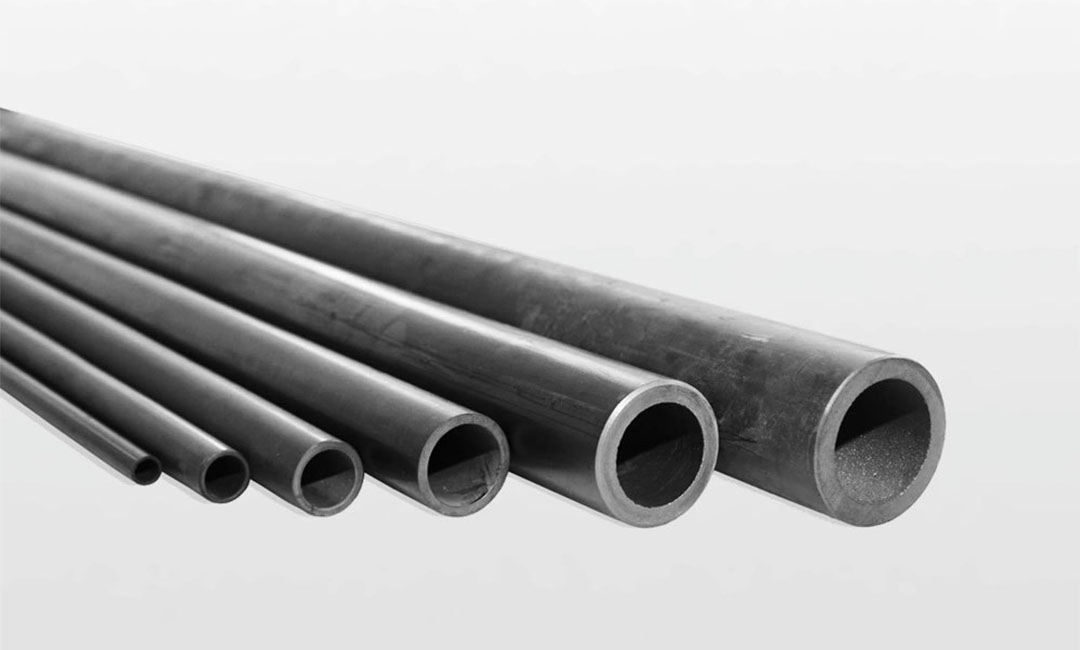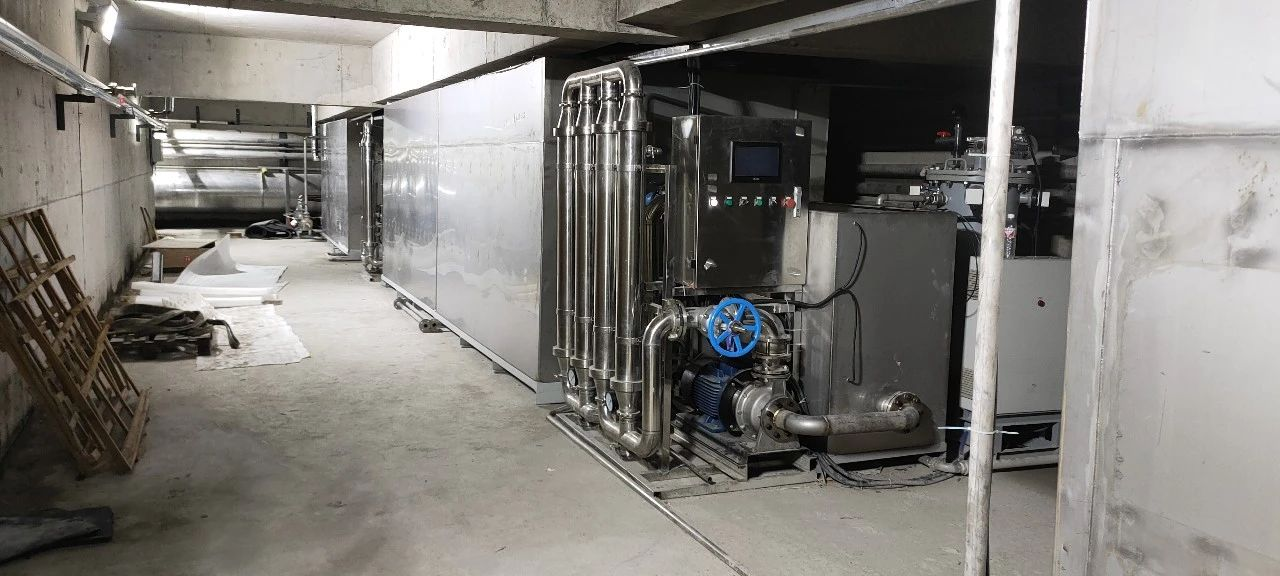Benefits of Using SiC Membranes in Water Treatment Processes
Membrane separation technology has revolutionized the way we treat water, offering a more efficient and sustainable solution compared to traditional methods. One of the key advancements in this field is the use of silicon carbide (SiC) membranes, which have shown great promise in improving the performance and longevity of membrane systems. In this article, we will explore the benefits of using SiC membranes in water treatment processes and how they are shaping the future of membrane separation technology.
One of the primary advantages of SiC membranes is their exceptional durability and resistance to harsh operating conditions. Unlike conventional polymeric membranes, SiC membranes are highly resistant to chemical degradation, fouling, and high temperatures, making them ideal for treating challenging water sources such as industrial wastewater or seawater. This superior durability not only extends the lifespan of the membranes but also reduces maintenance costs and downtime, leading to significant cost savings for water treatment plants.
In addition to their durability, SiC membranes also offer superior filtration performance compared to traditional membranes. The unique structure of SiC membranes allows for precise control over pore size and distribution, resulting in higher permeability and selectivity. This means that SiC membranes can effectively remove a wide range of contaminants, including bacteria, viruses, heavy metals, and organic compounds, while allowing clean water to pass through with minimal resistance. As a result, SiC membranes can achieve higher water recovery rates and produce higher quality treated water, meeting stringent regulatory standards and ensuring the safety of the water supply.


Furthermore, SiC membranes are also more environmentally friendly compared to conventional membranes. The production of SiC membranes requires less energy and resources, and the membranes themselves can be recycled and reused, reducing waste and minimizing the environmental impact of water treatment processes. By adopting SiC membranes, water treatment plants can reduce their carbon footprint and contribute to a more sustainable water management system.
Another key benefit of using SiC membranes is their versatility and adaptability to different water treatment applications. SiC membranes can be customized to meet specific requirements, such as adjusting pore size, surface chemistry, and module configuration to optimize performance for different water sources and treatment goals. This flexibility allows water treatment plants to tailor their membrane systems to suit their unique needs and achieve the desired treatment outcomes efficiently.
Overall, the use of SiC membranes in water treatment processes offers a range of benefits, including enhanced durability, superior filtration performance, environmental sustainability, and versatility. As the demand for clean water continues to grow, SiC membranes are poised to play a crucial role in meeting this challenge and shaping the future of membrane separation technology. By harnessing the power of SiC membranes, water treatment plants can improve the efficiency, reliability, and sustainability of their operations, ensuring a safe and reliable water supply for generations to come.
Potential Applications of SiC Membranes in the Pharmaceutical Industry
Membrane separation technology has revolutionized various industries by providing efficient and cost-effective solutions for separating and purifying different substances. One material that has shown great promise in enhancing membrane separation technology is silicon carbide (SiC). SiC membranes offer superior properties such as high thermal stability, chemical resistance, and mechanical strength, making them ideal for a wide range of applications. In this article, we will explore the potential applications of SiC membranes in the pharmaceutical industry and how they can revolutionize drug manufacturing processes.
One of the key areas where SiC membranes can make a significant impact in the pharmaceutical industry is in the purification of pharmaceutical products. The stringent purity requirements of pharmaceutical products demand highly efficient separation techniques to remove impurities and ensure product quality. SiC membranes, with their high chemical resistance and excellent filtration properties, can effectively remove contaminants and impurities from pharmaceutical products, leading to higher purity levels and improved product quality.
Furthermore, SiC membranes can also be used for the separation and purification of pharmaceutical intermediates and active pharmaceutical ingredients (APIs). The high thermal stability of SiC membranes allows for the processing of high-temperature streams, making them suitable for the separation of heat-sensitive pharmaceutical compounds. By utilizing SiC membranes in the purification of pharmaceutical intermediates and APIs, pharmaceutical manufacturers can achieve higher yields and reduce production costs.
In addition to purification processes, SiC membranes can also be employed in the concentration and separation of pharmaceutical solutions. The high mechanical strength of SiC membranes enables them to withstand high pressures and harsh operating conditions, making them ideal for concentration processes such as reverse osmosis and nanofiltration. By using SiC membranes for concentration processes, pharmaceutical manufacturers can achieve higher concentration levels and reduce the volume of waste generated during production.
Another potential application of SiC membranes in the pharmaceutical industry is in the separation of biomolecules and proteins. The unique surface properties of SiC membranes, such as their high surface area and tunable pore size, make them suitable for the selective separation of biomolecules based on size and charge. By utilizing SiC membranes for the separation of biomolecules, pharmaceutical researchers can isolate and purify specific proteins and enzymes for drug development and biopharmaceutical production.
Moreover, SiC membranes can also be used for the filtration of pharmaceutical wastewater and effluents. The high chemical resistance of SiC membranes allows for the filtration of corrosive and toxic substances present in pharmaceutical wastewater, ensuring compliance with environmental regulations and reducing the environmental impact of pharmaceutical manufacturing processes. By incorporating SiC membranes in wastewater treatment systems, pharmaceutical companies can achieve sustainable and environmentally friendly production practices.
In conclusion, SiC membranes hold great potential for revolutionizing membrane separation technology in the pharmaceutical industry. With their superior properties and versatile applications, SiC membranes can enhance purification processes, concentration techniques, biomolecule separation, and wastewater treatment in pharmaceutical manufacturing. By leveraging the benefits of SiC membranes, pharmaceutical companies can improve product quality, increase production efficiency, and reduce environmental impact, ultimately shaping the future of drug manufacturing processes.
Advancements in SiC Membrane Technology for Gas Separation Processes
Membrane separation technology has become an essential process in various industries, including gas separation processes. The use of membranes allows for the selective separation of gases based on their size, shape, and chemical properties. One material that has shown great promise in membrane technology is silicon carbide (SiC). SiC membranes offer several advantages over traditional materials, such as improved chemical and thermal stability, high mechanical strength, and excellent resistance to harsh operating conditions.
One of the key advancements in SiC membrane technology is the development of asymmetric membranes. These membranes have a thin, selective layer on top of a porous support layer, which allows for better separation efficiency and higher flux rates. The asymmetric structure of SiC membranes also enables the selective separation of gases based on their molecular size and shape. This is particularly useful in gas separation processes where the separation of specific gases is required.
Another important advancement in SiC membrane technology is the development of high-performance coatings. These coatings can improve the selectivity and permeability of SiC membranes, making them more efficient in gas separation processes. By modifying the surface properties of SiC membranes with specialized coatings, researchers have been able to enhance their performance and durability in harsh operating conditions.
Furthermore, the use of SiC membranes in gas separation processes has shown great potential for reducing energy consumption and operating costs. SiC membranes have lower energy requirements compared to traditional separation techniques, such as distillation or adsorption. This is due to their high permeability and selectivity, which allows for the efficient separation of gases with minimal energy input. As a result, SiC membranes offer a more sustainable and cost-effective solution for gas separation processes.
In addition to their energy efficiency, SiC membranes also offer improved reliability and longevity. The robust nature of SiC materials makes them highly resistant to fouling, corrosion, and degradation, ensuring long-term performance in gas separation processes. This durability is essential for industrial applications where continuous operation and minimal downtime are critical.
Overall, the future of membrane separation technology looks promising with the advancements in SiC membrane solutions. These membranes offer a range of benefits, including improved selectivity, permeability, and durability, making them an attractive option for gas separation processes. As research and development in SiC membrane technology continue to progress, we can expect to see further improvements in performance and efficiency, leading to more widespread adoption in various industries.
In conclusion, SiC membranes represent a significant advancement in membrane separation technology, particularly for gas separation processes. Their unique properties and performance advantages make them a valuable solution for improving efficiency, reducing energy consumption, and enhancing reliability in industrial applications. With ongoing research and development efforts, SiC membranes are poised to play a key role in shaping the future of membrane separation technology.

